Federal officials are sounding the alarm on drought conditions and higher-than-normal temperatures indicating another record-breaking wildfire season.
Nearly the entire country is under moderate drought conditions and has been since spring 2023, according to a government official who briefed the press on Wednesday. The drought has meant less precipitation through winter. Higher temperatures also led to a faster spring thaw, setting the stage for early wildfire conditions.
Over the next two months, there is increased wildfire risk for northern Ontario, western Quebec, the Prairies, Northwest Territories and British Columbia, according to the official. However, it is still too early to definitively forecast conditions.
Officials told reporters there are approximately 70 wildfires now burning in Canada. Many survived the winter and are known as zombie fires, which lie dormant under the frost and re-emerge after the thaw. Most of those fires are burning in northern B.C., northern Alberta and southern N.W.T.
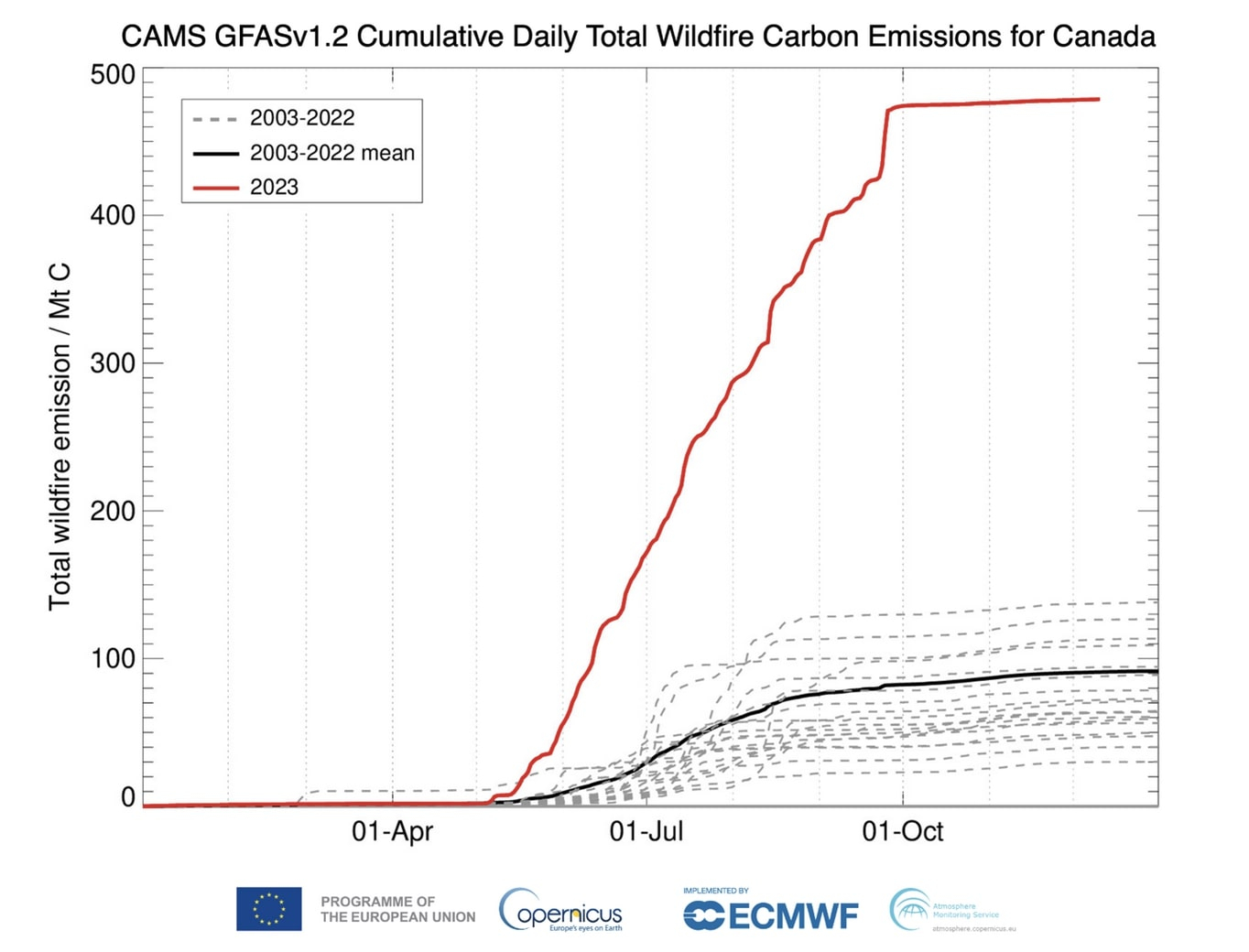
Last year’s fire devastation was unprecedented. Over 15 million hectares of forest burned, emitting 23 per cent of the global wildfire carbon emissions, or around 480 megatonnes last year alone. In contrast, transportation in Canada accounted for 187.7 megatonnes in 2021, according to the most recent numbers from Statistics Canada. Those numbers are over seven times the annual average, Emergency Preparedness Minister Harjit Sajjan told reporters at a press conference Wednesday.
First Nations and Métis settlements were among the worst affected, with 161 communities threatened by wildfires and 93 evacuations taking place across 82 communities. Some communities evacuated multiple times, Sajjan explained.
Severe fires can complicate evacuations, creating dangerous conditions for remote communities. For example, on July 12 last year, the community of Eastmain Cree Nation was isolated due to fires, losing both road access and airport operations to fire and smoke, according to internal documents obtained by Canada’s National Observer. The community had to wait a day to evacuate until wind conditions improved.
Last year was also one of the deadliest on record for firefighting personnel, with eight killed in the line of duty.
Last year also marked the first time Canada had to rely on forest firefighters from the European Union (EU) with 1,500 arriving in the country. Another 5,500 forest firefighters arrived from other countries like the United States, Australia, South Africa and South America through agreements made with the Canadian Interagency Forest Fire Centre that co-ordinates resource and information-sharing and mutual aid across borders.
Two thousand armed forces members were also deployed to help support communities and provide behind-the-fire-line “fire turnover, mop-up, monitoring operations and hot spot dowsing,” according to provincial requests for military support obtained by Canada’s National Observer through access-to-information requests.
It’s unclear what, or how much more, it costs to receive personnel from other countries, as bureaucrats avoided answering Canada’s National Observer’s questions directly. The officials told Canada’s National Observer that firefighters from the EU were mostly subsidized by Brussels under the Community Protection Mechanism, except for travel expenses. No matter how prepared Canada is, countries will always help each other during peak wildfire season, officials added.
Ottawa has announced several investments to prepare for the next wildfire season but has stopped short of creating an emergency preparedness agency and a national firefighting agency, two demands made by civil society and opposition parties.
Ottawa also announced that budget 2024 will double the Volunteer Firefighters Tax Credit from $3,000 to $6,000 starting this year, saving firefighters up to $900 annually. The change will cost the government $105 million over the next six years.
Another $166.2 million has also been announced to support First Nations emergency management and preparedness over the next five years. The funds will add more emergency management co-ordinators in communities to help prepare them in a culturally sensitive way.
In Alberta alone, 48 First Nations have already added a dedicated emergency management co-ordinator, raising the number to 248 across Canada, up from 190 co-ordinators when the auditor general slammed Indigenous Services Canada about inaction on the emergency preparedness file.
Other work on the file includes an Indigenous Emergency Management Working Group that met for the first time in February and will co-ordinate support for Indigenous communities and incorporate Indigenous knowledge on emergency response and firefighting, Indigenous Services Minister Patty Hajdu told reporters.
Natural Resources Minister Jonathan Wilkinson pointed to other updates, including training 630 firefighters ahead of next season and 125 Indigenous fire guardians.
The training is part of Ottawa’s commitment to train 1,000 new community-based firefighters, and was part of 10 pilot programs, nine of which took place in First Nations, Wilkinson said.

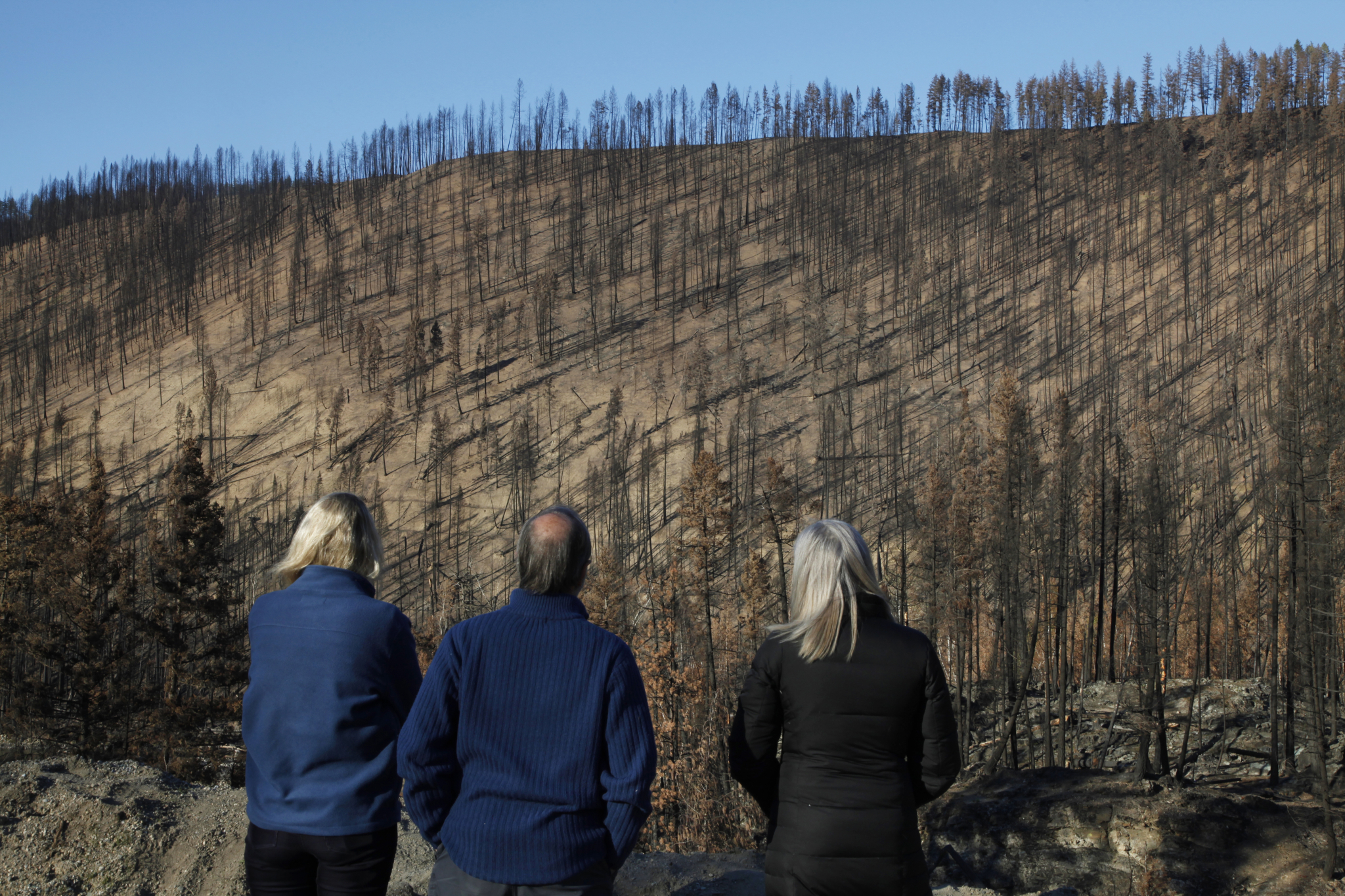

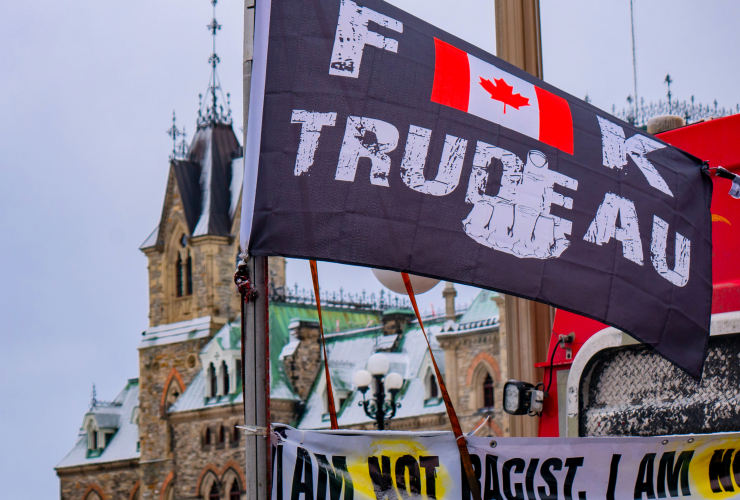

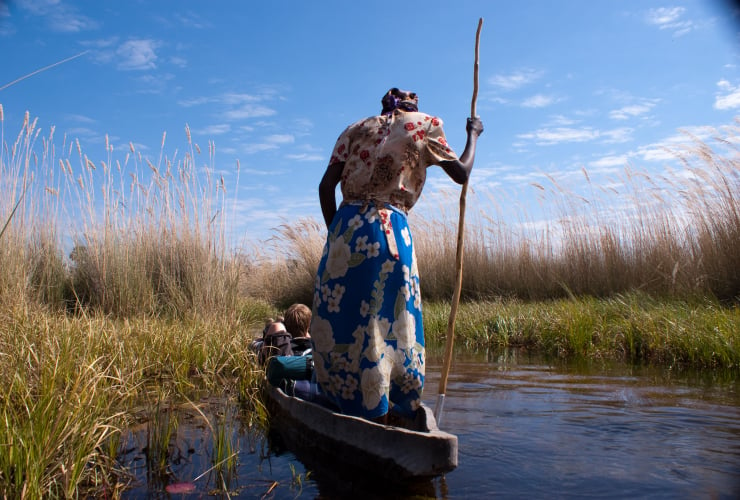
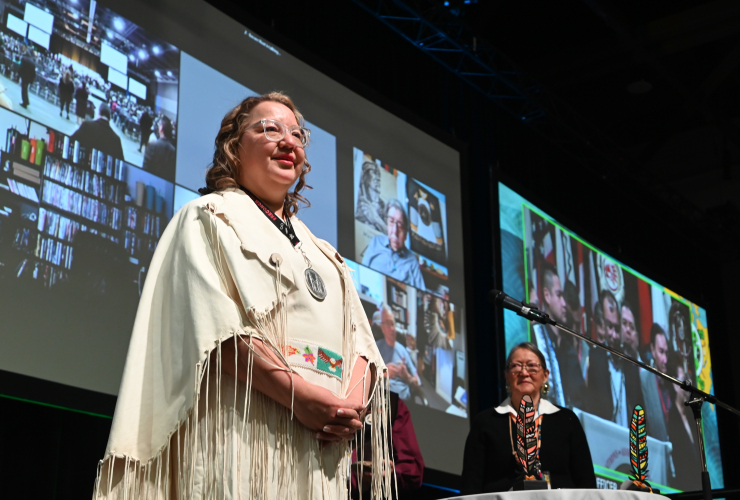
Comments